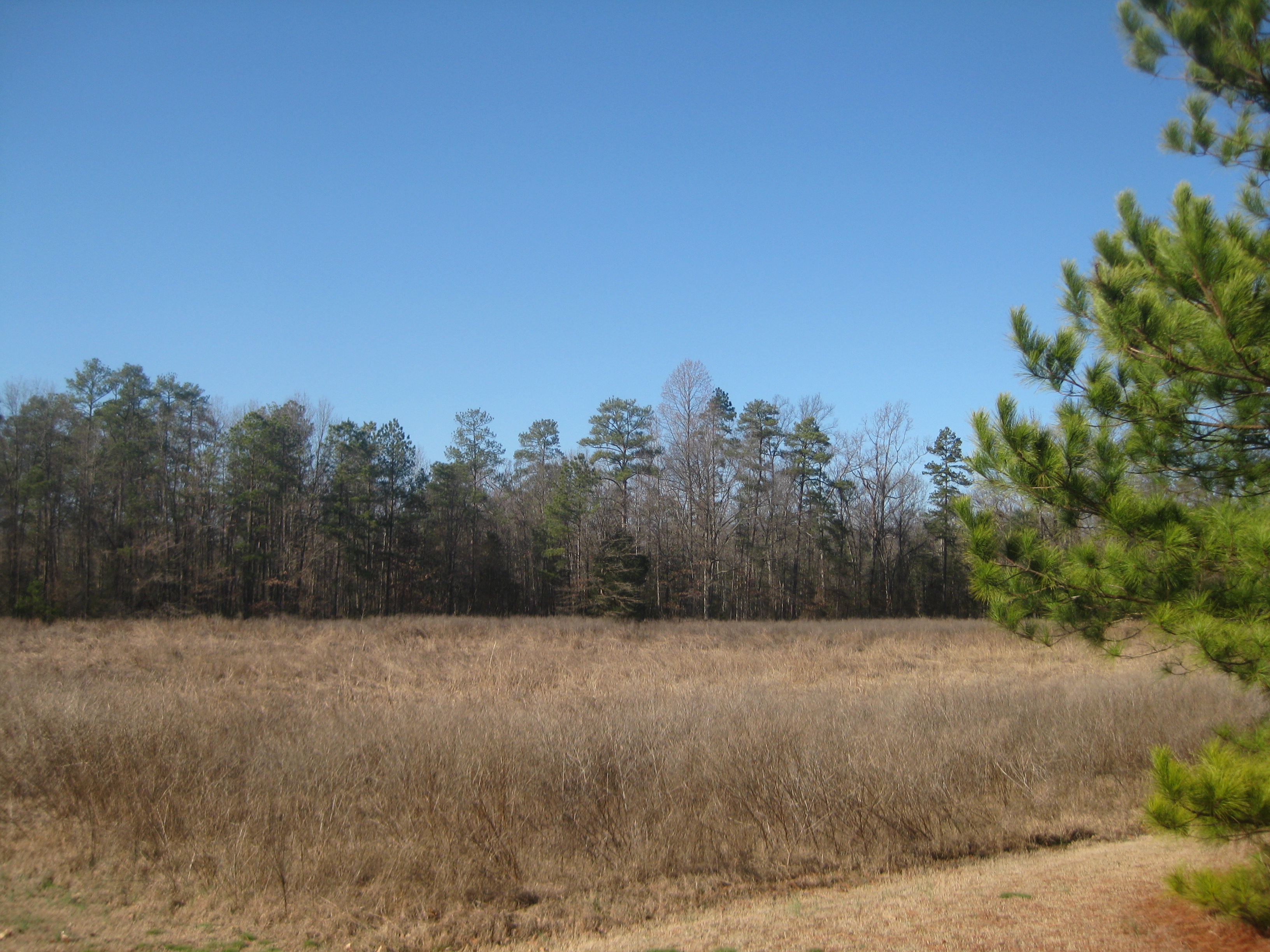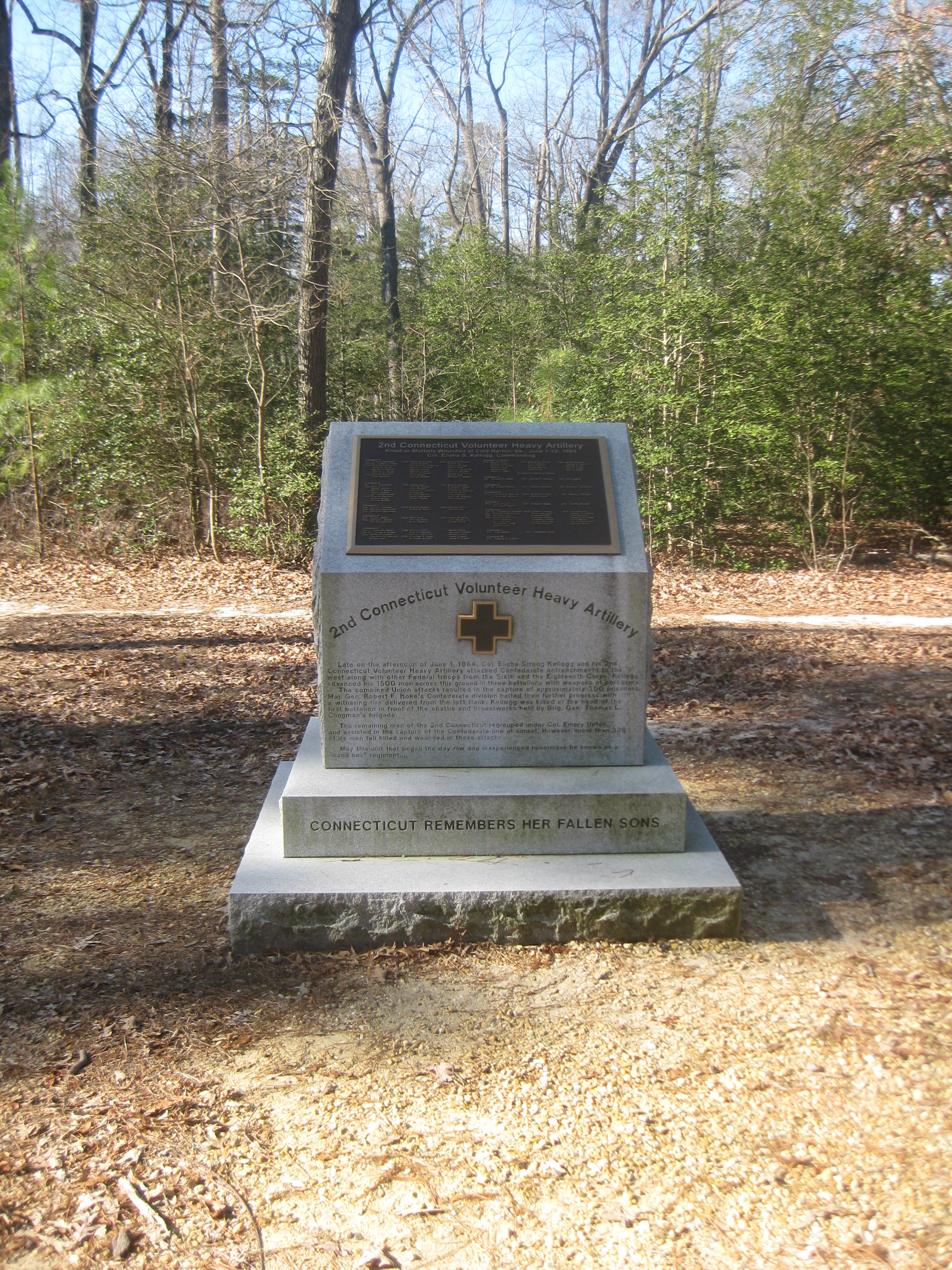From the ECW Archives: The Union Assault at Cold Harbor June 1, 1864

All through the night of May 31 and into June 1, 1864, Horatio Wright’s VI Corps trudged along the dusty and choked Virginia byroads. They had been pulled from the Union right flank and ordered to march to reinforce and relieve Phil Sheridan’s cavalry holding the critical Old Cold Harbor intersection. As they neared the crossroads, they undoubtedly could hear the sounds of gunfire ahead. Around daybreak that morning, Richard Anderson’s First Corps, which had been sent to support Confederates under Robert Hoke that had been operating in the area, attacked Sheridan’s cavalrymen in their lines around the junction. In what one Yankee horsemen called “a desperate resistance”, the Union lines held. Around 10 a.m., Wright’s men loped into line to relieve the tired troopers. Wright’s men themselves were exhausted after their march. Nevertheless, Wright had orders to attack immediately. Joining in the assault was the newly arrived XVIII Corps and one division from the X Corps under the overall command of Maj. Gen. William “Baldy” Smith. The Union veterans would spend the morning deploying into line of battle preparing for the assault.
As the Federal soldiers deployed, many of them caught a glimpse of the crossroads that they had striven to reach during their harrowing night march. Theodore Lyman, an officer on George Meade’s staff later wrote “Of all the wastes I have seen, the first sight of Cool Arbor was the most dreary! Fancy a baking sun to begin with…wretched house…open plain, trampled fetlock deep into fine, white dust…on the sides and in the distance…were pine woods…it was Sahara intensified and was called Cool Arbor!”
Not surprisingly, it would take most of the day-some eight hours-for Wright and Smith’s men to come onto line. It was not until 6 p.m., that Wright, under overall command, would give the order to go forward. Although the men from the VI Corps and the Army of the James would share in its responsibility, the most unique aspect of the assault occurred in the left center of the Union line near the Cold Harbor Road.

The main characteristic that marked the Overland Campaign from a tactical perspective was the evolution of field works by the Army of Northern Virginia. Beginning at Spotsylvania and without a natural defensive position to utilize, the Confederates had begun constructing earthworks. As the armies moved from Spotsylvania to the North Anna and finally to Cold Harbor, the soldiers from both sides had been able to refine their craft and by early June, the trenches resembled small, fortified cities. To compensate and adapt to this change, a VI Corps Colonel from New York named Emory Upton came up with a revolutionary idea. Rather than attack the enemy by utilizing the traditional method, Upton proposed attacking in a massed, compact column with the men under orders not to open fire until they were physically in the Confederate earthworks. At Spotsylvania, Upton launched an assault using his new premise and met with success. The tactic was unofficially adopted by the Army of the Potomac and implemented during attacks on the Mule Shoe Salient on May 12 and six days later on “Lee’s Last Line”. For the Union assault on the evening of June 1, Upton, now a Brigadier General, would use his tactics again.

Upton formed his brigade by stacking his regiments one upon the other. The 2d Connecticut Heavy Artillery, divided by battalion, formed the first line; the 5th Maine, 95th and 96th Pennsylvania and elements of the 121st New York formed the second line. Upton probably planned for the lines to move forward in concert, however, the 2d Connecticut would carry the brunt of the assault while the second line would await its outcome. If the “Heavies” were successful, the second line would move up and exploit the breach in the enemy works. Should the first line meet heavy resistance, individual regiments from the second line would move forward to their support, in the hopes that the weight of the additional regiments would eventually crack the enemy position.
A soldier in the 121st New York, watching from the second line remembered “the front line started in a running charge toward the breastworks, obliquing to the right where the breastworks were on a little eminence in the edge of a pine woods…as soon as the heavies began to charge, the Rebel works were bordered with a fringe of smoke from the muskets and the men began to fall very fast, and many wounded began going to the rear. A little in front of the works there was a hollow, and as the column went into this it seemed to pause and the rear lines closed up. The Rebel fire was very effective and it seemed to us from where we stood that our poor fellows would all get shot. The ground over which they had passed was covered with men. We could see them fall in all shapes. Some would fall forward as if they had caught their feet and tripped and fell. Others would fall backward. Others would stagger about a few paces before they dropped…our men could not get up to their works…because the trees had been cut and so piled together that in places men could not get through. In some places, gaps or lanes had been left in the slashings, and it was in these places that our men reached the works. After a determined and desperate attempt to take them they lay down in front of them and General Upton took a portion of the command to the right where the works had been carried, and moving down to the left, drove the Rebels out of the works in front of which our men had been repulsed…here…an incessant fire was kept up…until after midnight”.
Upton also wrote of the assault “the Second Connecticut…moved to the assault in beautiful order Crossing an open field, it entered a pine-wood, passed down a gentle declivity and up a slight ascent. Here the charge was checked. For seventy feet in front of the works the trees had been felled, interlocking with each other, and barring all further advance. Two paths, several yards apart, and wide enough for four men to march abreast, led through the obstructions. Up these, to the foot of the works, the brave men rushed, but were swept away by a converging fire, unable to carry the [e]ntrenchments. I directed the men to lie down, and not to return fire. Opposite the right of the regiment, the works were carried…the regiment was then marched to the point gained, and, moving to the left, captured the point first attacked. In this position, without support on either flank, the Second Connecticut fought, when the enemy fell back to a second line of works”.

Darkness would ultimately end the fighting. Despite the limited hours of daylight, Wright and Smith had gained ground and captured the first line of enemy earthworks. The initial reports sent back to Grant and Meade were promising. Perhaps another, much larger assault in the coming days would finally crack the Confederate line and open the road to Richmond.
Interesting read !